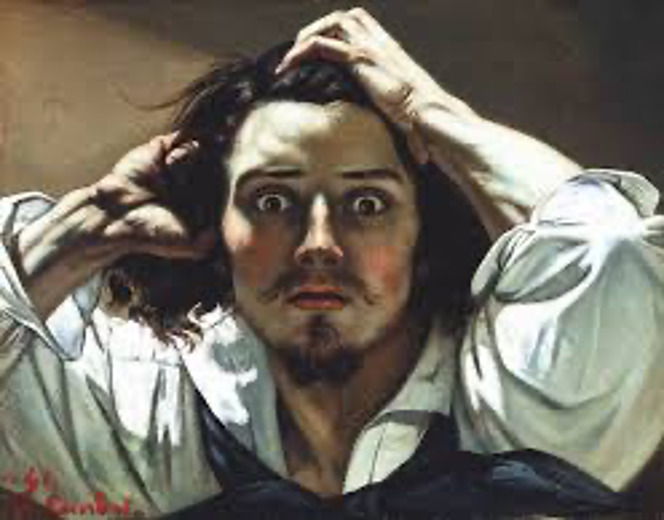Baroque Art Blog
This is painted in 1659 in Amsterdam, Netherlands
This is one of Rembrandt self-portrait. The reason that he painted himself is that in the 17th century self-portrait was uncommon.
Rembrandt has concentrated the meagre light on his face. His simple garment, trimmed only at the shoulder and collar, is gently illuminated and only hints at his stature. I would own this painting because Rembrandt is one the most famous artist of all time. His paintings bring color and life. His reason only to pick a simple garment compares to the Renaissance era that dressed in sumptuous fabrics.
Rembrandt was connected to the influence of the council of Trent. Rembrandt on the other had was a Protestant artist. He had the freedom to expression. The council of Trent was designed to focus on mysteries of faith. Protestant art was formed by due to the revolt of the Protestant reformation. Rembrandt desired to interpret his Biblical narratives in more human (as opposed to lofty theological) terms. The spiritual stillness of his religious paintings is that of a more inward turning contemplation, his works are un-classical and unidealized, but they offer a psychological insight into frozen moments of deep emotion, wrapped in magical layers of brown, orange and yellow warmth.
1. Mark, Joshua J.. "Council of Trent." World History Encyclopedia. World History Encyclopedia, 16 Jun 2022. Web. 26 Jun 2023.
2. Liedtke, Walter. “Rembrandt van Rijn (1606–1669): Paintings.” In Heilbrunn Timeline of Art History. New York: The Metropolitan Museum of Art, 2000–. http://www.metmuseum.org/toah/hd/rmbt/hd_rmbt.htm (October 2003)







I love the piece that you chose! With Rembrandt’s choice on a self-portrait piece, It can clearly be seen that Rembrandt had freedom of expression. Most self-portraits are usually intimidating but Rembrandt’s choice with colors really makes the piece calm and peaceful.
ReplyDelete